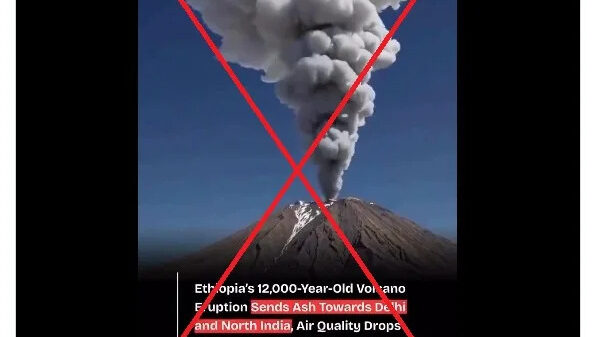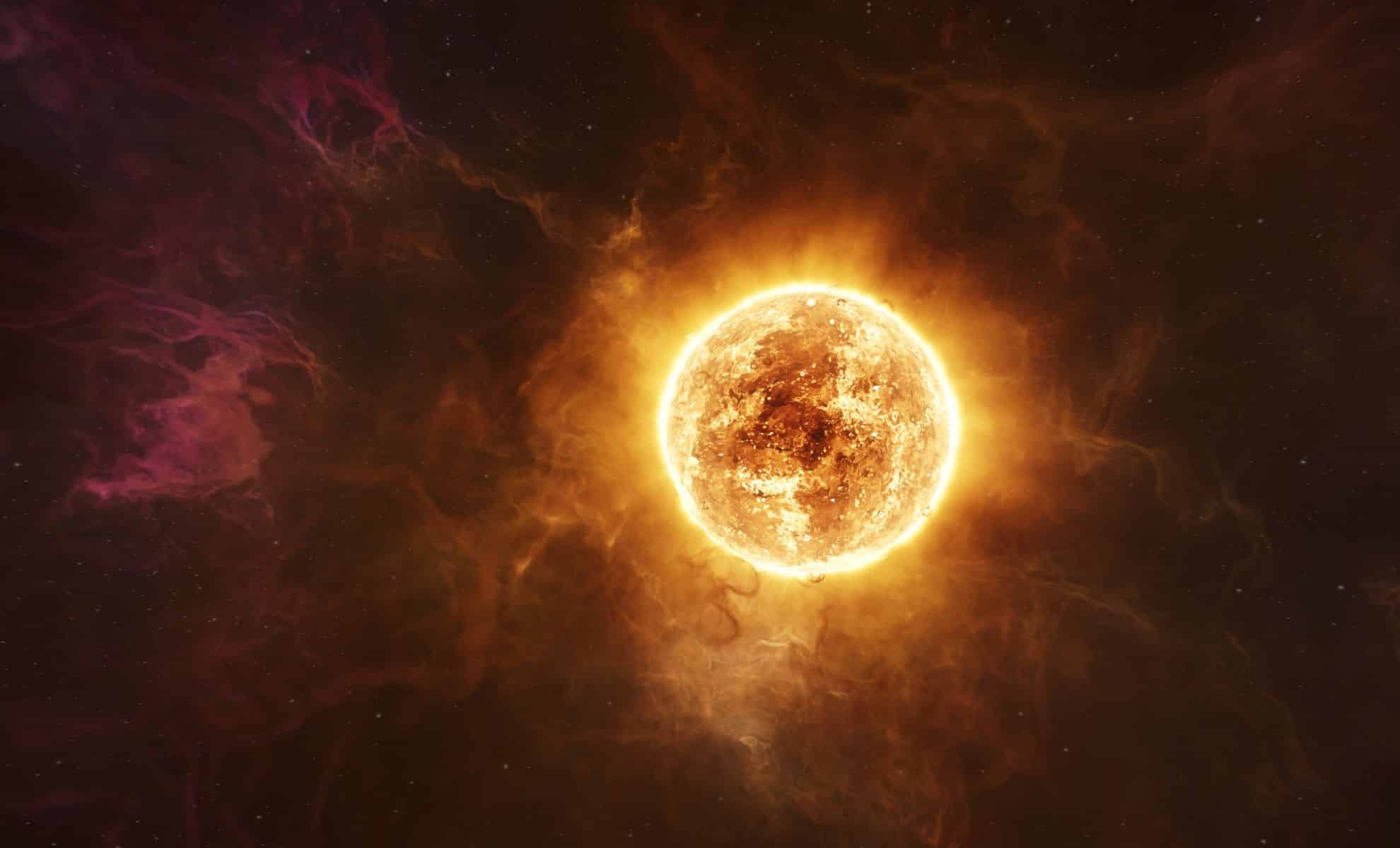CAMBRIDGE, MA – New research reveals that stellar flares can dramatically alter planetary atmospheres within days, posing potential risks even to Earth.
The Power of Stellar Flares
Stars are far from calm entities. They can erupt in spectacular bursts of energy that disrupt the space around them. These stellar flares are violent explosions resulting from the sudden release of magnetic energy. Such outbursts release high-energy radiation, including ultraviolet light, X-rays, and sometimes even radio waves, across vast distances in space.
Red dwarfs, in particular, are among the most active stars when it comes to flaring. Smaller and cooler than the Sun, they possess stronger and more chaotic magnetic fields, which frequently trigger these energetic bursts. These flares can strip atmospheres from nearby exoplanets or flood their surfaces with harmful radiation.
Solar Flares and Their Impact on Exoplanets
The research models focused on simulating the conditions of a tidally locked exoplanet, TRAPPIST-1e, orbiting a red dwarf star. On such a planet, one side always faces the star, while the other is in constant darkness. The study used a three-dimensional general circulation model to simulate the effects of stellar flares on the planet’s atmosphere.
When a flare occurred, the model tracked the changes minute by minute, observing shifts in temperature, chemistry, and wind. After a flare event, the upper atmospheric nitrogen oxides began radiating heat away, cooling the thermosphere by as much as 180 °F. Meanwhile, water vapor and nitrous oxide trapped infrared light in the lower layers of the atmosphere, warming the mesosphere by 50 °F.
Winds on the night side of the planet reached speeds above 90 mph, a stark contrast to the calm conditions prior to the flare.
A Ripple Effect Across Planets
The chain reaction of a stellar flare begins high above a planet’s surface. When incoming protons collide with molecular nitrogen in the atmosphere, they create odd-nitrogen species that lead to the loss of ozone. As ozone is depleted, more ultraviolet light reaches deeper layers of the atmosphere, altering heating rates and changing pressure patterns.
In the most active flare scenarios, up to 80 percent of the stratospheric ozone could be stripped away in as little as eight simulated years, exposing the planet to potentially harmful radiation.
For Earth, the effects of solar flares are less dramatic, thanks to our planet’s protective magnetic field and thick ozone layer. However, solar flares from our Sun still leave noticeable traces. During the Halloween solar proton event of 2003, nitric oxide injected into the atmosphere caused the polar mesosphere to warm by as much as 18 °F.
Habitability Under Threat
The study also suggests that the intensity and frequency of stellar flares have a direct impact on the habitability of exoplanets. Even if a planet is located in the so-called “habitable zone” where conditions might allow liquid water to exist, a planet exposed to frequent stellar flares could be pushed into a “moist greenhouse” state.
This state occurs when the levels of stratospheric water vapor exceed 0.1 percent by volume, which can significantly accelerate the loss of hydrogen and eventually dry out the planet. These extreme conditions could make a planet inhospitable in just a few hundred million years, potentially ending its prospects for supporting life.
Expert Analysis and Future Implications
Nevertheless, stellar flares aren’t always a death sentence for exoplanets. In some cases, the high-energy particles from these flares could help fix atmospheric nitrogen into nitrates, possibly aiding prebiotic chemistry on young, forming planets. In this way, flares could play a crucial role in the emergence of life.
According to Dr. Jane Smith, an astrophysicist at Harvard University, “While stellar flares pose significant challenges for habitability, they might also provide the energy needed for the chemical reactions that lead to life.”
As research continues, scientists are keen to understand more about how these cosmic phenomena affect both distant worlds and our own planet. The findings underscore the delicate balance required to maintain atmospheres capable of supporting life.





































































